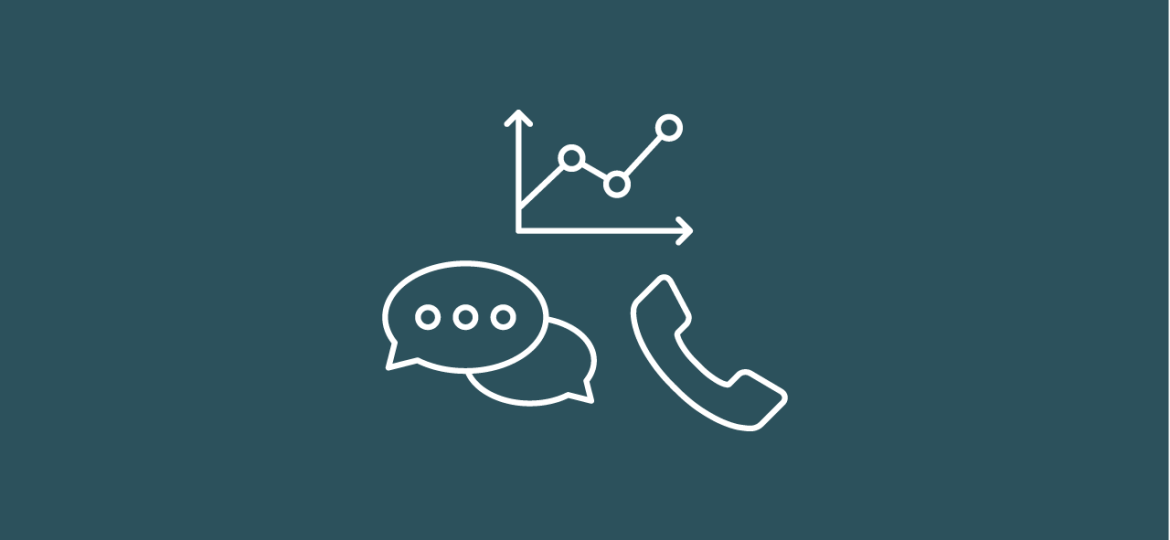
Upselling and cross-selling are two standard techniques salespeople use to increase revenue and enhance customer satisfaction.
These techniques involve offering additional products or services to customers already buying something.
While both techniques are similar, they have distinct differences, and understanding these differences is crucial for any salesperson looking to improve their sales skills.
In this post, we will explore upselling and cross-selling, how they differ, and how you can use them to drive more sales and improve customer satisfaction.
What is Upselling?
Upselling offers customers a more expensive or premium version of the product they are purchasing. This can be done by highlighting the additional features or benefits of the premium version or by comparing the regular and premium versions.
For example, if a customer is purchasing a laptop, a salesperson might offer them a more expensive model with a faster processor and better graphics card.
The idea is to convince the customer that the extra cost is worth it and that they will get more value from the premium version.
Upselling is a great way to increase revenue and profitability, as customers are often willing to pay more for better quality or more features. However, it’s essential to be mindful of the customer’s budget and not pressure them into buying something they can’t afford.
How to Upsell Effectively
Upselling can be a powerful tool for any salesperson, but it requires careful execution to be effective.
Here are some tips for upselling effectively:
1. Know your products: Be familiar with the features and benefits of your products, so you can effectively highlight the advantages of the premium version.
2. Understand your customer’s needs: Ask questions and listen to them to understand what they are looking for and how the premium version can better meet their needs.
3. Be transparent: Be upfront about the additional cost and clearly explain the benefits of the premium version. Don’t try to hide anything or pressure customers into buying something they don’t need.
What is Cross-Selling?
Cross-selling offers customers additional products or services that complement the product they already purchase. This can be done by suggesting related products, add-ons, or accessories that enhance the customer’s experience.
For example, if a customer is purchasing a camera, a salesperson might suggest a tripod, a camera bag, or an extra battery. The idea is to provide additional value to the customer and make their purchase more complete.
Cross-selling is an excellent way to increase the average order value and improve customer satisfaction. It shows that you care about their needs and offer solutions to enhance their experience.
How to Cross-Sell Effectively
Cross-selling can be a powerful tool for any salesperson, but it requires careful execution to be effective. Here are some tips for cross-selling effectively:
1. Know your products: Be familiar with the complementary products or services that enhance the customer’s experience.
2. Understand your customer’s needs: Ask questions and listen to them to understand what they are looking for and how the complementary products can better meet their needs.
3. Be relevant: Offer products or services pertinent to the customer’s purchase and add value to their experience. Don’t try to sell them something they don’t need or want.
The Differences Between Upselling and Cross-Selling
While upselling and cross-selling are similar techniques, they have some distinct differences:
1. Focus: Upselling focuses on offering a more expensive or premium version of the same product, while cross-selling focuses on providing complementary products or services.
2. Benefit: Upselling benefits the seller by increasing revenue and profitability while cross-selling benefits the customer by enhancing their experience and providing additional value.
3. Timing: Upselling is typically done before the purchase, while cross-selling is done after the purchase.
When to Use Upselling
Upselling can be used in a variety of situations, including:
1. When the customer has expressed interest in a premium version of the product.
2. When the customer is looking for a specific feature only available in the premium version.
3. When the customer makes a large purchase and is more likely to consider spending more.
When to Use Cross-Selling
Cross-selling can be used in a variety of situations, including:
1. When the customer has already made a purchase and is receptive to additional offers.
2. When customers seek additional products or services to enhance their experience.
3. When the customer makes a purchase that is part of a larger category, some complementary products or services can be offered.
Powerful Techniques
Upselling and cross-selling are powerful techniques that help salespeople increase revenue and improve customer satisfaction. While they have some differences, they require careful execution and a customer-centric approach to be effective.
By understanding the differences between upselling and cross-selling and when to use each technique, salespeople can improve their sales skills and provide more value to their customers.
Make It Work…
Upselling and cross-selling are beneficial not only for the seller but also for the customer. The seller gets increased revenue, and the customer receives the additional value. However, it’s essential to use these techniques carefully and responsibly and not pressure customers into buying something they don’t need or can’t afford.
So, the next time you sell a product or service, consider upselling or cross-selling to enhance your customer’s experience and increase your sales!

